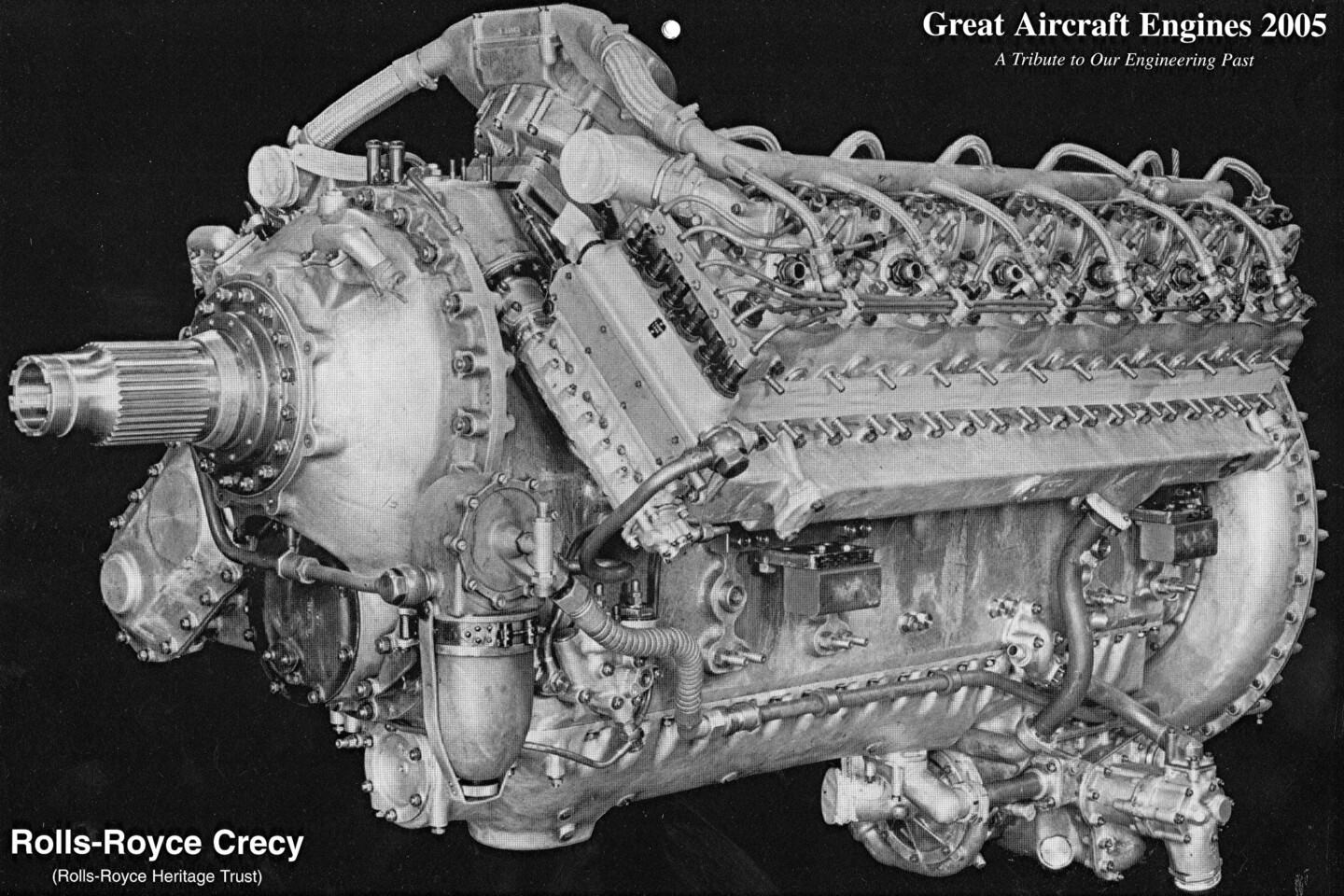https://www.enginela...ls-royce-crecy/

Advertisement
Posted 31 May 2023 - 23:37
Thanks Bob, a good read. ![]() I wonder where a Merlin-like development program would have taken the Crecy? And whether Rolls had thought about its design in terms of TBO in civil use post-war. Haven't watched the video yet, may be some answers there...
I wonder where a Merlin-like development program would have taken the Crecy? And whether Rolls had thought about its design in terms of TBO in civil use post-war. Haven't watched the video yet, may be some answers there...
Another 'interesting' piston engine (aka complex, or overly complex even) was the Napier Nomad, both of them victims of the nascent jet engines. Yet Wright and P&W turbo compound was realised and saw extensive service. ![]()
Posted 01 June 2023 - 13:50
Unfortunately, the engine’s timeline doomed it to obscurity. Development started in the midst of WWII in 1941 but wasn’t completed until after the war ended. And the reason the experimental program was canceled had nothing to do with its inherent capabilities, but rather because the development of the jet engine took priority. The Crecy’s potential was never even given a chance to prove itself inside of a Supermarine Spitfire cowling, as it was originally intended.
This statement in the article is incorrect.
The Rolls-Royce Crecy was in development since 1937, firstly as a Diesel then as a petrol engine, from 1938.
1941 was the year where a number of engine developments were cancelled through agreements between Rolls-Royce and the Air Ministry. These included the Vulture, Exe (22L air-cooled, sleeve valve X-24) and Peregrine (21L).
Rolls-Royce had wanted to stop development on the Crecy, but the Air Ministry wanted that to continue.
The two big programs that remained were the Merlin and Griffon.
Crecy development through the war was almost an afterthought - only a small amount of resources were allocated to the program.
Development ended only because of cancellation, not because a flight worthy example had been built.
The engine's origins were with Harry Ricardo, who had a thing for sleeve valves from the 1920s.
Ricardo had, around 1930, modified a couple Rolls-Royce Kestrels into sleeve vale 4 stroke Diesel, named RR/D. This proved disappointing, not meeting performance expectations and breaking bits.
One RR/D was sold and used by George Eyston to set a land speed record for Diesel engined cars.
The second RR/D was re-engineered as a petrol engine, the RR/P, which had better performace than the standard Kestrel, though not the reliability. The RR/P was also fitted with a supercharger from the Kestrel, while RR/D was unsupercharged.
Posted 01 June 2023 - 22:24
I can only say that the Air Ministry got it right, given what was happening in 1941. If it needed a development effort like the Merlin had/needed, what were the implications for the warhorse Merlin and its stablemate the Griffon? Though to be fair the Griffon seemed to be pretty good right from the off (AIUI), probably because it took a lot of learnings from the broadly similar Merlin. The Crecy was a very different beast, with a very high likelihood of extensive bug fixes to produce an engine ready for service.
The video linked gives Ricardo credit, though I don't remember mention of the Kestrel experiments.
On reflection, I think the answer to my question above about the longer term use of the American turbo-compounds lies in the base - the Crecy was a new concept from scratch, the Americans applied the turbo-compounds to well proven engine technology, reducing the risk to the overall project by confining it to the turbo-compound elements only/largely (I think I read they suffered exhaust valve problems?)